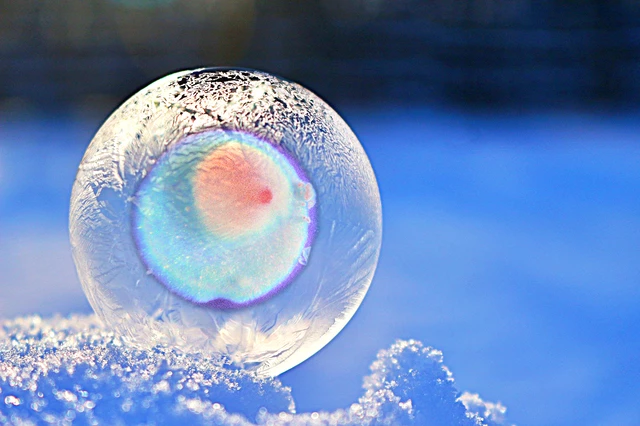Fertility preservation refers to the process of saving or protecting eggs, sperm, embryos, or reproductive tissue with the intention of using them in the future to achieve pregnancy.
Methods of Fertility Preservation:
1. Egg Freezing (Oocyte Cryopreservation): Egg freezing involves stimulating the ovaries with hormones to produce multiple eggs, which are then retrieved and frozen for future use. This method is popular among women who want to delay childbirth for personal or medical reasons, such as those undergoing cancer treatments or other medical procedures that may affect their fertility.
2. Sperm Freezing (Sperm Cryopreservation): Sperm freezing is a straightforward and effective method of preserving male fertility. Sperm samples are collected and frozen for future use, often employed by men before undergoing medical treatments like chemotherapy or radiation that could impair sperm production.
3. Embryo Freezing: This involves fertilizing a woman's eggs with sperm to create embryos, which are then frozen for future implantation. This method is commonly used by couples undergoing In vitro fertilization (IVF) who wish to store extra embryos for future attempts at pregnancy.
4. Ovarian Tissue Freezing: Ovarian tissue freezing involves removing and freezing ovarian tissue for re-implantation at a later date. This experimental technique is particularly useful for young women and girls who cannot undergo traditional egg freezing due to medical conditions or treatments.
5. Testicular Tissue Freezing: Testicular tissue freezing is an experimental option for prepubescent boys who cannot produce sperm yet but are at risk of losing their fertility due to medical treatments. The tissue can potentially be used in the future to restore fertility.




.png)

Comments